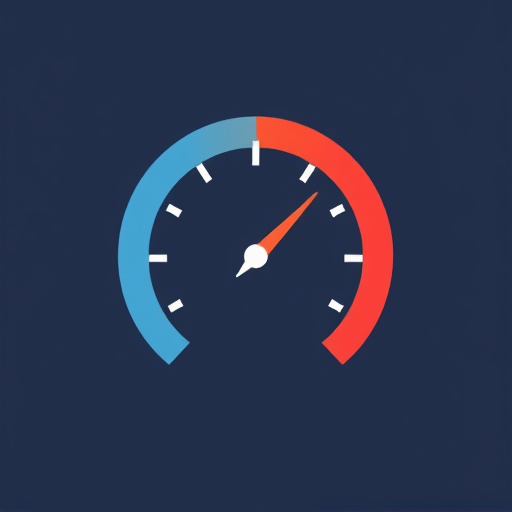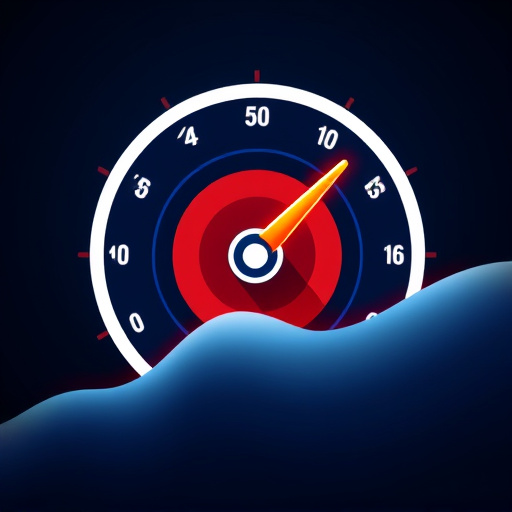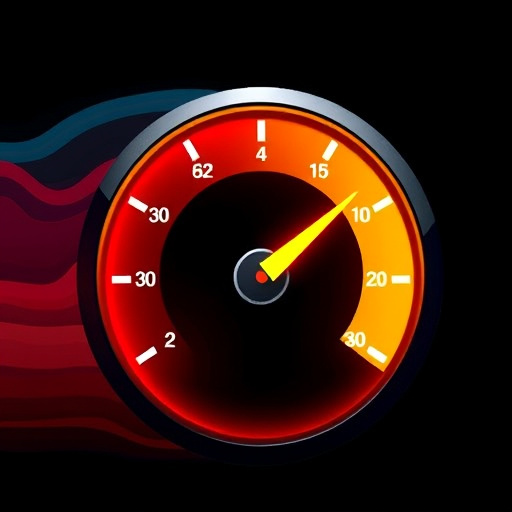Optimizing images, using CDNs, minimizing HTTP requests, enabling browser caching, lazy loading, and identifying slow elements improves website speed for better SEO performance. Techniques like compression, resizing, modern formats, responsive imaging, cache-control headers, minification, and reducing third-party scripts enhance user experience and search engine rankings. Tools like Google PageSpeed Insights aid in data-driven optimization decisions.
Looking to boost your site’s SEO performance? Improving website speed is crucial. This article unveils best practices for lightning-fast web page delivery, essential for enhancing user experience and search engine rankings. From optimizing images and leveraging Content Delivery Networks (CDNs) to implementing lazy loading and analyzing slow elements, discover effective strategies to streamline your site’s performance and achieve better SEO results.
- Optimize Images and Media for Fast Loading
- Utilize Content Delivery Networks (CDNs) Effectively
- Minimize HTTP Requests to Streamline Performance
- Leverage Browser Caching for Repeated Visits
- Implement Lazy Loading for Below-the-Fold Content
- Analyze and Address Slowest Page Elements
Optimize Images and Media for Fast Loading

Optimizing images and media is a crucial aspect of improving website speed and, consequently, enhancing SEO performance. Large, high-resolution images can significantly slow down page load times, negatively impacting user experience and search engine rankings. To remedy this, web developers should employ strategies such as compressing images without sacrificing quality, using modern image formats like WebP or JPEG 2000, and implementing responsive imaging techniques to serve smaller versions of images on mobile devices.
Consider resizing and cropping images to the exact dimensions required for display on each page, avoiding any unnecessary padding or borders. Additionally, utilizing content delivery networks (CDNs) can help distribute your media files across multiple servers worldwide, reducing latency and ensuring faster delivery to users regardless of their geographical location. By giving us a call at tips for increasing website speed and SEO, you can access expert guidance tailored to these best practices for boosting website speed and achieving better conversion rates.
Utilize Content Delivery Networks (CDNs) Effectively

Content Delivery Networks (CDNs) are an essential tool for optimizing web page delivery and improving website speed, which is crucial for better SEO performance. By distributing content across multiple servers in different geographical locations, CDNs reduce latency and ensure that users around the world can access your site quickly. This strategy is particularly effective for large websites or those with a global audience, as it allows for efficient content caching and faster loading times, thereby enhancing user experience and boosting search engine rankings.
Implementing a robust CDN system involves selecting a reliable provider, optimizing cache settings, and configuring edge servers strategically. Once set up, CDNs can significantly reduce page load times, leading to lower bounce rates and improved conversion rates. Give us a call at tips for increasing website speed and SEO to learn more about how these practices can transform your online presence.
Minimize HTTP Requests to Streamline Performance

Optimizing your web page’s performance is crucial for both user experience and SEO rankings, and one effective strategy is minimizing HTTP requests. Each time a browser makes an HTTP request to a server, there’s a slight delay involved in receiving and processing that data. By reducing these requests, you streamline the communication between the browser and server, leading to faster page load times. This simple yet powerful tip for optimizing web pages can significantly improve your website’s speed, directly impacting its SEO performance.
To implement this practice, consider consolidating resources like CSS and JavaScript files, using content delivery networks (CDNs), and optimizing images and other media elements. Additionally, enabling browser caching for static assets can further reduce the need for constant HTTP requests, as your site’s resources are stored temporarily in the user’s browser, expediting subsequent visits. Remember that every effort to find us at fix website lags to enhance overall performance contributes to a better online experience and stronger SEO results.
Leverage Browser Caching for Repeated Visits

Leveraging browser caching is an effective strategy to significantly improve website speed for better SEO performance during repeated visits. When a user accesses a webpage, their browser fetches and stores various resources like images, scripts, and stylesheets. On subsequent visits, instead of redownloading these assets from the server, the browser pulls them from its cache, dramatically speeding up page load times. This not only enhances user experience but also signals search engines that your site is efficient and optimized for speed.
For speed up my website for mobile users and to implement methods to optimize web page loading times, consider setting appropriate cache-control headers. Instructing servers to provide specific caching directives ensures that the right assets are cached for the correct durations. This simple technique can make a substantial difference, especially for visitors with slower internet connections. Additionally, enabling caching for static resources like images and CSS files further reduces server load and improves overall website speed, ultimately boosting your website speed SEO: a comprehensive guide. Give us a call at web page optimization for faster browsing to explore these strategies in detail.
Implement Lazy Loading for Below-the-Fold Content

Implementing lazy loading is an effective strategy to improve website speed and enhance user experience, especially when dealing with below-the-fold content. This technique delays the loading of images or other media until they become visible in the user’s viewport. By only loading what’s necessary at a given moment, you significantly reduce initial load times, which is crucial for fixing slow website issues and boosting your site’s performance.
When users visit a web page, their browser needs to fetch and render every element on the page, including content that might never be seen. Lazy loading addresses this by loading content on-demand. As users scroll down the page, the script detects which images or media are within the viewport and loads them, improving page speed for quicker loading and enhancing user satisfaction. This technique is a game-changer when it comes to optimizing web pages; give us a call at tips for speeding up a slow website to learn more about implementing this strategy effectively.
Analyze and Address Slowest Page Elements

Identifying and addressing the slowest elements on your web pages is a critical step in improving your site’s performance. Tools like Google PageSpeed Insights, GTmetrix, or Pingdom can help you analyze various aspects, from loading times to individual element requests. By breaking down your page’s load process, these tools allow you to pinpoint bottlenecks and make data-driven decisions on where to focus your optimization efforts.
Focus on optimizing the largest or most significant elements first. This could include large images, videos, or third-party scripts that are slowing down your site. Techniques such as compressing media files, implementing lazy loading for images below the fold, minifying and combining files, and reducing HTTP requests can significantly enhance online visibility with faster website loads. Remember, each improvement in page speed contributes to a better user experience and, consequently, helps maintain or improve your SEO rankings, ensuring visitors stay on your site longer. Visit us at how can i improve my website’s page load speed anytime for more tailored tips on how to make your website load faster and stay ranked.
To improve website speed for better SEO performance, adopt a multi-faceted approach. Optimize media assets, leverage CDNs, minimize HTTP requests, enable browser caching, and implement lazy loading. Regularly analyze page elements to identify and address bottlenecks. By following these best practices, you can significantly streamline your site’s performance, enhancing user experience and boosting search engine rankings.
